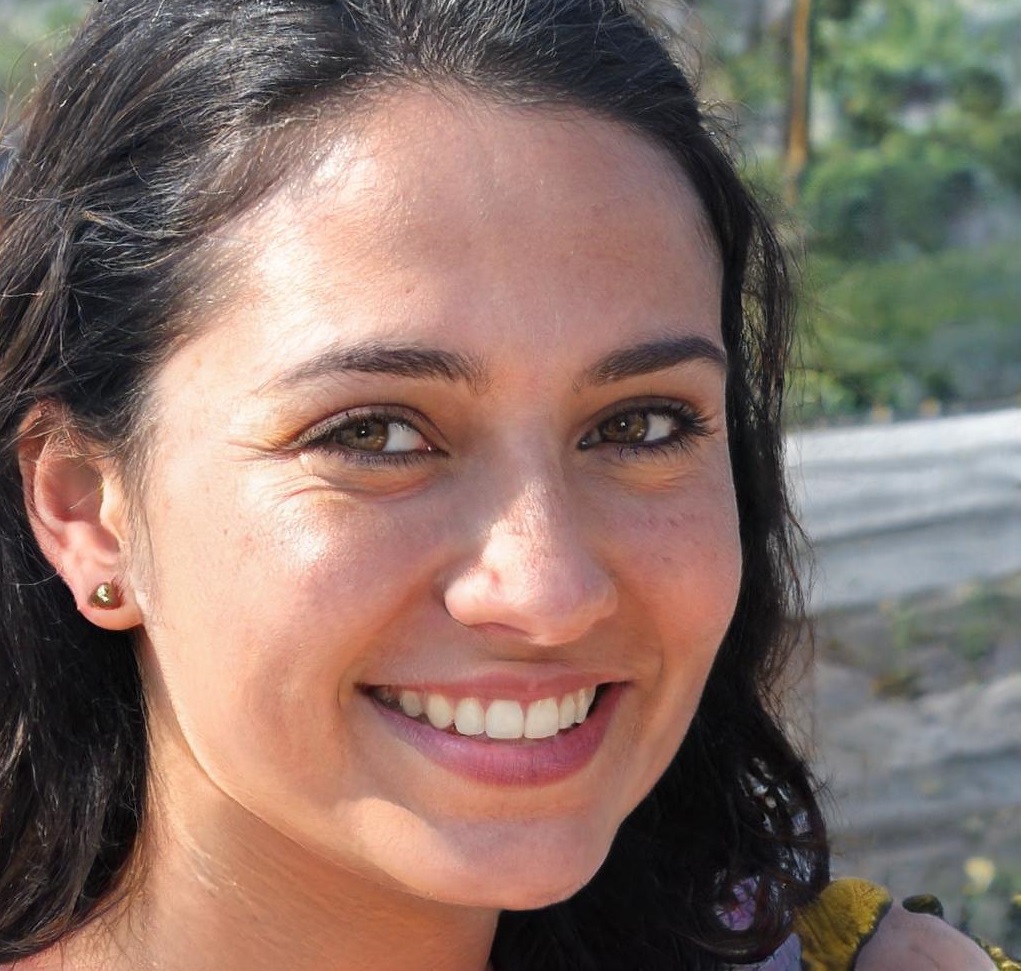The first time I brought home a pea puffer, I plopped the little guy into a sleek 3-gallon nano tank and stood back like a proud aquascaper. Within hours, he’d staked out every corner like a grumpy landlord and flared up at his reflection like it owed him rent. That’s when I learned, pea puffers may be small, but they’ve got outsized attitudes.
Also known as Carinotetraodon travancoricus, these feisty freshwater gems are as charming as they are territorial.
In this post, I’ll break down the ideal tank size, share pro tips on setup, and spill the secrets to keeping your pint-sized predator happy and thriving.
Meet the pea puffer: Small fish, big character

Straight outta the winding, plant-choked waters of Southwest India, the pea puffer, also known as the dwarf pufferfish might just be the most attitude-packed inch of fish you’ll ever meet. Don’t let that button-cute face and bubble-sized body fool you. These little guys? Territorial fish to the core. They’ll claim every inch of their turf like underwater royalty with no chill.
But here’s the kicker, aquascaping lovers can’t get enough of them. Why? Because they bring drama, curiosity, and charisma to the tiniest of freshwater nano fish tanks. Think of them as the sassy centerpiece of your planted paradise, small, stunning, and totally unforgettable.
The magic number: Ideal tank size for a single pea puffer
When it comes to pea puffer tank size, here’s the golden rule I live by: never go below a 5 gallon tank for a single pea puffer. I know these fish are barely the size of your pinky nail, but don’t let that fool you. They’re hyper-curious, constantly zipping around, inspecting every nook, leaf, and bubble like a tiny aquatic inspector.
Anything smaller than 5 gallons? You’re flirting with disaster. Limited space spikes their stress, ruins water quality fast, and leaves them nowhere to escape when they feel threatened.
And trust me, a stressed puffer is a nippy, unhappy puffer. Think of the 5-gallon mark not as a luxury, but the bare minimum for a healthy, thriving solo puffer.
Pea puffer party? How to size up for multiple puffers
Ah, the classic question: “Can I keep multiple pea puffers together?” Short answer—yes, but only if you do it right. These are intensely territorial fish, and cramming them together without space and structure is a recipe for shredded fins and endless drama.
The general rule? Add 3–5 gallons per additional puffer. So, a trio needs at least 10–15 gallons and that’s assuming a well-planned layout. A heavily planted tank is non-negotiable. Load it up with Java moss, Anubias, driftwood, anything that breaks sightlines and gives them spots to hide or claim as their turf.
Some aquarists treat it like an underwater game of chess, using aquascaping to diffuse tension. The result? A semi-peaceful cohabitation where multiple pea puffers can coexist barely, but beautifully.
Tank setup tips: More than just gallons
| Setup Type | Tank Size | Ideal number of Puffers | Notes | |
| Solo Puffer | 5 gallons (minimum) | 1 | Great for first-time keepers; easy to maintain and observe behavior | |
| Pair or Trio (Cautious) | 10-15 gallons | 2-3 | Only attempt with heavy planting and hiding spots | |
| Small group (Advanced) | 20+ gallons | 4-6 | Requires experience, constant monitoring, and territory breaks | |
| Species-only community tank | 30+ gallons | 6-8+ | Only with careful aquascaping and backup plan for aggression | |
| Mixed Tank (Advanced Only) | 20+ gallons | 1 puffer + select species | Compatible with fast, bottom-dwelling fish (e.g., otocinclus catfish) |
Tank size is step one, but let’s talk vibe because pea puffer care is as much about the environment as it is about volume. These little explorers thrive in heavily planted aquariums. Think Java moss, Anubias, and floating cover that mimics their native jungle streams.
A gentle sponge filter keeps the water clean without whipping them around like laundry, and a reliable heater keeps temps steady between 74–82°F. Don’t forget pH aim for 6.5 to 8.5.
For hideouts, toss in driftwood, mini caves, or coconut huts, they love to investigate and claim little territories.
So yes, tank size matters, but the real magic? Creating a cozy, well-structured world where your puffer feels right at home.
What about tank mates? The truth hurts
Here’s the hard truth about pea puffer compatibility: these adorable little floaty beans are often better off alone. They may look harmless, but they’ve got a mean streak nippy, territorial, and not afraid to throw fins. That’s why most keepers opt for species-only setups or a solo lifestyle.
Some advanced aquarists have had luck with ultra-peaceful, fast-moving fish like otocinclus catfish as tank mates for pea puffers, but it’s a gamble not beginner territory. You’ll need loads of space, dense planting, and constant behavior checks.
When in doubt? Keep your puffer solo. You’ll get to see their full personality without the stress (yours or theirs).
Mistakes to avoid: When size does matter
If there’s one thing I’ve seen too often in newbie dwarf pufferfish setups, it’s tank regret. Common missteps? Cramming them into <5 gallon tanks, overstocking, and tossing them into bare tanks with zero aquascaping, just a glass box and vibes.
Then there’s diet, these guys need live or frozen food, not flakes.
All of this piles on stress in fish, which leads to aggression, illness, and sometimes a fast, sad ending. Solid pea puffer care starts with space, structure, and food that mimics the wild. Size does matter, big time.
Small tank, big responsibility
Tiny fish, big expectations. Pea puffers may be small, but they thrive in tanks built with care, space, and intention.
Remember, it’s not about the bare minimum tank size, it’s about giving them room to shine. Got a setup you’re proud of? Drop your tank tales or questions in the comments below!
Happy fishkeeping!












